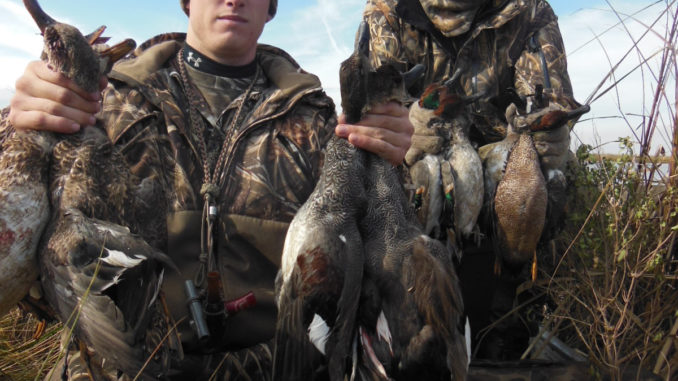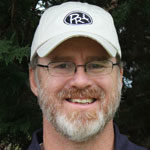
Different situations require different numbers and styles of decoys. Know the difference and kill more ducks
The predawn was a lot colder than normal for the opening of waterfowl season. A thin layer of ice covered the small lake that a good flock of mallards had been using. As we eased into place, decoys were tossed into place to try and help lure the birds into shotgun range, hopefully to get them to lake where we wanted them to.
When ducks see others in the area, they are more prone to join the flock. Because placing decoys randomly is seldom successful, the best waterfowlers have specific patterns they use to put birds in range of the waiting guns. The art of decoying is as rare as the master carver of decoys themselves. Those who can do it well kill a lot more birds than those who pay little attention to the details.
Corey Holcombe of Liberty has hunted ducks and geese across South Carolina and beyond, and he knows something about setting decoy spreads. To him, it all starts with the number of decoys used.
“Even on a larger body of water, you don’t need a lot of decoys here in South Carolina. I’ve seen a lot of hunters scare ducks with their large spreads. In most cases, a dozen is all you need,” said Holcombe, who believes a larger spread doesn’t look real in South Carolina, who will change up only when targeting diving ducks along with puddle ducks.
“If I am on big water and I’ve seen some divers, I will set my typical ‘U’ pattern of about eight decoys to target the puddle ducks, then I’ll go beyond that about 15 yards and set a string of diver decoys … set in a straight line facing upwind.”
This combination of a few mallard and wood duck decoys combined with a string of divers will pull in a lot of birds, he said.
When hunting on smaller bodies of water, he doesn’t change tactics — less is often more.
“If I am hunting (flooded) timber or a swamp, I may use one to three decoys at most. These are set nearby for confidence and to block open areas (where) we don’t want ducks landing,” said Holcombe.
Most waterfowlers agree some classic patters of setting decoys are the most common. The “U” and “J” patterns are the best known, but other patterns also work well.
“The bottom line is, you have to give the ducks somewhere to land,” Holcombe said.
Far too often, he said, decoys are thrown out, and the only place for the ducks to land is outside the decoys and well out of gun range. If you look at large or small spreads, the opening where you want the ducks to land has to be large enough for the flock. When making a “U” pattern, place the decoys in such a way that the bottom of the “U” is closest to the guns. Holcombe likes to make sure he puts a single, hen mallard decoy at the apex of the “U” directly in front of the guns, and he will also use a motorized decoy here to focus their attention.
Dan Sanstrom of Clemson differs somewhat in his setting of decoys. He grew up in Maryland, hunting the Chesapeake Bay, and has adapted his techniques to South Carolina. Sanstrom prefers a loose “X” pattern — admitting that the pattern is very loose and looks more like a rectangle than a square.
“The ‘X’ pattern gives the ducks a lot of choices to land. I like it when they come into an area and don’t feel forced,” said Sanstrom, who when hunting larger reservoirs sets his decoys at the mouth of coves or feeder creeks, facing upwind and up current if there is any. This spread will draw ducks in and make them feel less threatened.
If hunting a large flock of mallards, you need a large landing area. A smaller flock can use a smaller landing area.
“Remember, the whole reason of using decoys is to bring the birds into gun range” Holcombe said.
Decoys representing different species is another consideration when chasing mixed bags of waterfowl; a spread with several different species represented will always work better. Most spreads in South Carolina will include mallards and wood ducks, and some will also include widgeon, gadwall and maybe a few others. Holcombe likes to add coot decoys to his spreads to provide some visual attractiveness.
“The dark body of the coot decoy gets their attention,” he said.
Spreads of a single species will work, but to increase your odds, mix it up some. Don’t be afraid to change your pattern in mid-hunt if what you have out isn’t working. Many waterfowlers will change their decoys more than once during a hunt, and arranging decoys in a pattern will always work better than randomly tossing them into the water hoping to convince ducks to come in for a visit.




Be the first to comment